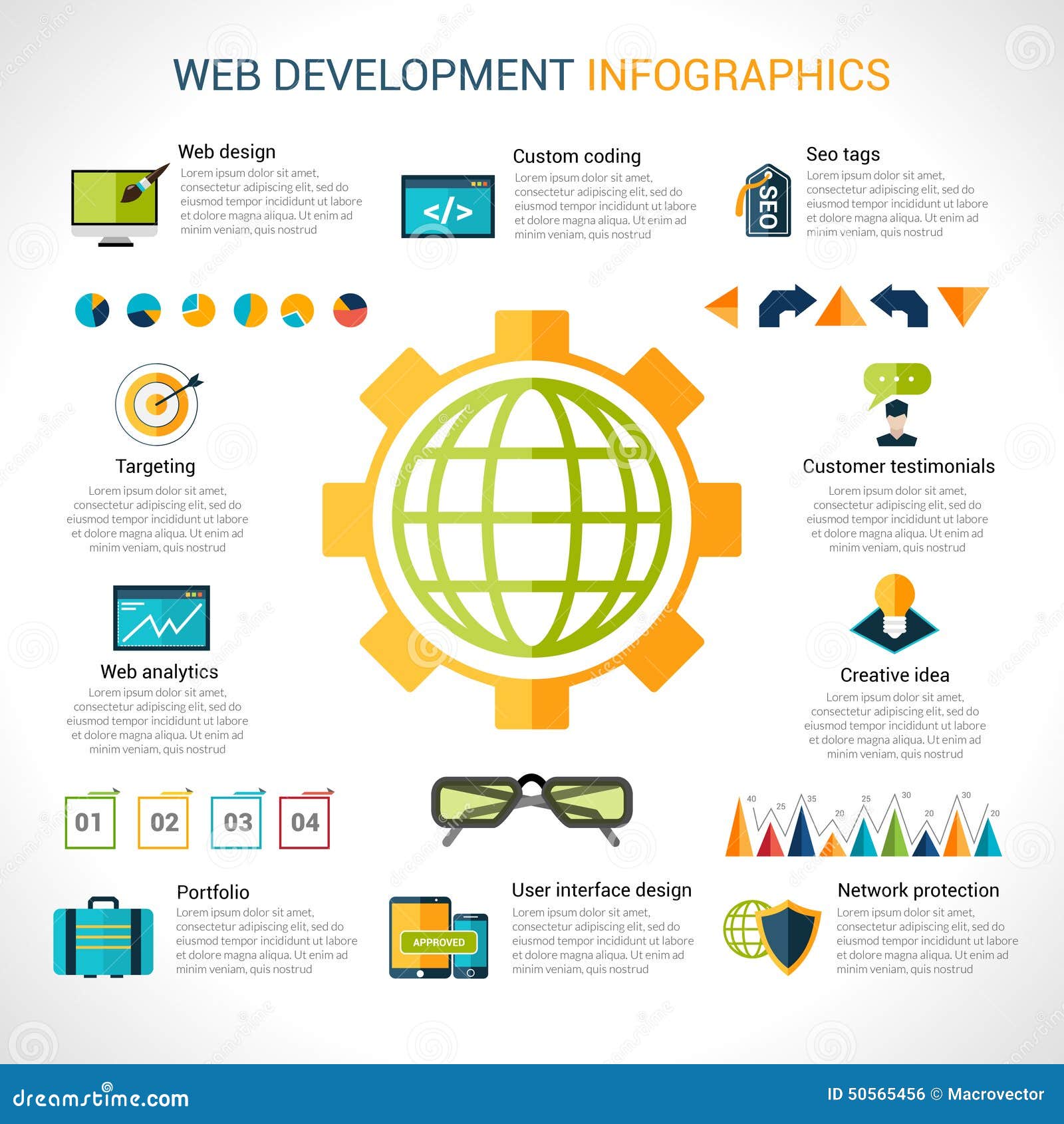Website Layout Basics: Tips For Structure A User-Friendly Site
Website Layout Basics: Tips For Structure A User-Friendly Site
Blog Article
Content Created By-Hall Secher
When it involves internet site layout, ensuring user-friendliness is vital. From responsive style to streamlined navigation, every element plays an important role in creating a website that satisfies your audience's needs. Yet what regarding the better information that can make or damage a customer's searching experience? Keep tuned as we reveal some often-overlooked tips that can raise your internet site's use to the following level, making it truly stand apart in the electronic landscape.
Significance of Responsive Design
Receptive design is a crucial aspect of modern-day web site growth. Ensuring professional search engine optimization firm is receptive methods that it can adapt to different display sizes and tools, offering a smooth experience for users.
With the enhancing use of smartphones and tablets to access the internet, having a responsive design is vital for getting to a larger audience. It aids in boosting user experience by making your web site simple to browse and continue reading any type of gadget.
In addition, receptive design can favorably influence your internet search engine positions, as internet search engine like Google focus on mobile-friendly sites. By having website disability compliance , you're additionally future-proofing your web site, as brand-new devices with differing screen dimensions remain to emerge.
Simplify Navigation Structure
To improve customer experience and facilitate easy access to information on your web site, simplifying the navigation framework is vital. When developing your website, focus on developing a clear and instinctive navigation menu that assists visitors locate what they're trying to find quickly.
Limitation the variety of food selection items to the basics, organizing relevant pages with each other to avoid overwhelming individuals. Use detailed tags that plainly show the web content of each page, making it much easier for customers to understand where each link will certainly take them.
Consider implementing dropdown food selections for subcategories to avoid cluttering the major navigating bar. In addition, include a search bar prominently on the web page for individuals who prefer looking for particular details.
Focus on mobile responsiveness in your navigating layout to make sure easy access on all devices.
Optimize Web Page Tons Speed
Improving page lots rate is crucial for keeping site visitors on your website. Slow-loading pages discourage customers and can result in high bounce prices. To optimize page lots speed, beginning by optimizing pictures. Compress images without compromising top quality to lower their data dimensions.
Additionally, enable web development online caching to store regularly accessed resources in your area, speeding up load times for returning visitors. Minify CSS, JavaScript, and HTML files by removing unnecessary personalities, remarks, and formatting, boosting load rate.
Think about using a material delivery network (CDN) to distribute your internet site's material across multiple web servers worldwide, decreasing latency for users accessing your site from different places. Last but not least, restrict the use of third-party scripts and plugins, as they can considerably influence lots times.
Verdict
Finally, by integrating receptive style, simplifying navigation, and maximizing page tons rate, you can develop an easy to use website that attract a bigger target market and boosts individual experience. These essential elements ensure that site visitors can easily access and navigate your site across different tools, leading to increased involvement and complete satisfaction. By concentrating on these essential elements, you can construct a successful web site that maintains users returning for more.
